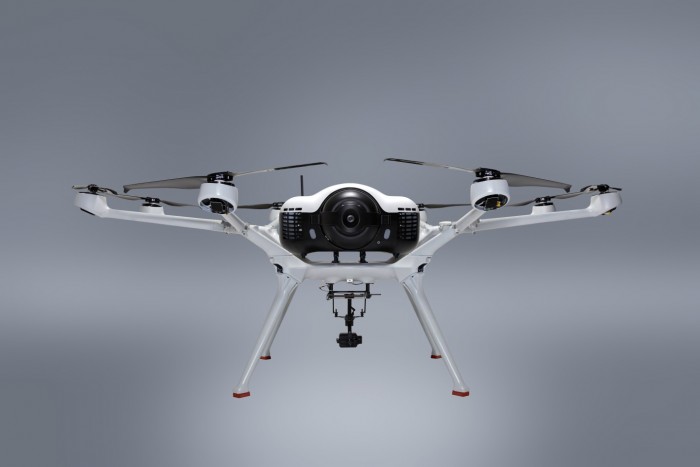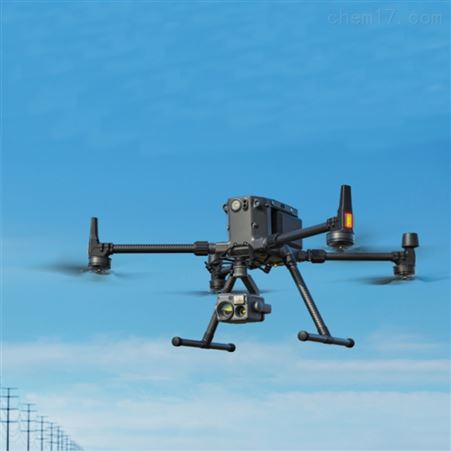In recent years, the field of autonomous vehicles has seen significant advancements, with one of the most intriguing developments being the sail drone. This revolutionary technology offers a novel approach to maritime data collection and surveillance, utilizing wind power for propulsion. Sail drones are unmanned surface vehicles that harness the wind to travel across oceans, providing a cost-effective and environmentally friendly alternative to traditional data-gathering methods.
The Mechanics Behind Sail Drones
Sail drones are engineered to sail autonomously using advanced software and sensors. Equipped with solar panels, radar, GPS, and a variety of environmental sensors, they are designed for long-term deployments at sea. The sail drone utilizes a rigid wing sail, employing the same principles as a sailboat, but with a greater emphasis on energy efficiency and endurance.
The key innovation in sail drone technology lies in its ability to operate independently for extended periods. The onboard electronics and sensors gather real-time data on weather patterns, marine life, and ocean conditions, making them invaluable for research institutions and government agencies. Furthermore, the sail drone’s capacity for sustained, unmanned operation makes it a potent tool for surveillance and national security purposes.
Sail Drone Applications
The versatility of sail drones allows for numerous applications across various sectors. Climate and Weather Research: Sail drones contribute to a deeper understanding of climate change by collecting data on ocean temperatures, currents, and atmospheric conditions. This data is crucial for refining climate models and predicting weather phenomena.
Marine Ecology Studies: Researchers use sail drones to monitor ecosystems and track marine species. The non-intrusive nature of sail drones makes them ideal for studying sensitive marine environments without disturbing the natural habitat.
Researchers use sail drones to monitor ecosystems and track marine species. The non-intrusive nature of sail drones makes them ideal for studying sensitive marine environments without disturbing the natural habitat.
Maritime Surveillance: Sail drones can be deployed to monitor illegal activities such as poaching and unauthorized fishing. Their autonomous nature and ability to cover vast oceanic areas make them effective for maritime law enforcement.
Benefits and Challenges
The deployment of sail drones offers several benefits, most notably their minimal carbon footprint due to the reliance on wind and solar energy. This sustainable approach aligns with global efforts to reduce environmental impact. However, the technology is not without its challenges. The unpredictability of oceanic weather conditions requires robust design and testing to ensure the endurance and reliability of the drones.
Another challenge involves the integration of new technologies to enhance data accuracy and communication capabilities. As sail drone technology evolves, addressing these challenges will be crucial for expanding their scope and application across industries.
The Future of Sail Drone Technology
The future prospects for sail drone technology are promising, with continuous advancements set to enhance their capabilities and applications. As developments in artificial intelligence and machine learning continue to progress, we can expect sail drones to become even more autonomous, efficient, and capable of collecting more precise and comprehensive data.
Sail drones are anticipated to play a pivotal role in global efforts to track climate change, monitor marine biodiversity, and secure maritime borders. The potential for collaboration with other technologies, such as satellite systems and undersea drones, further broadens the horizons for comprehensive ocean monitoring.
FAQs
- How long can sail drones remain at sea? Sail drones are designed for long-term deployments; they can operate for several months at sea, depending on mission requirements and environmental conditions.
- What data do sail drones collect? Sail drones gather a variety of data, including weather patterns, ocean temperature, salinity, marine life observations, and current directions, offering valuable insights for multiple disciplines.
- Are sail drones eco-friendly? Yes, sail drones are highly sustainable, utilizing wind power for propulsion and solar panels for powering electronic systems, significantly reducing their environmental impact compared to traditional methods.

As we continue to explore oceans and seek sustainable solutions, sail drone technology promises to play an increasingly significant role in bridging knowledge gaps and addressing global challenges. Its ongoing development and potential integration with other technologies will likely pave the way for groundbreaking discoveries in marine science.
